-
Riding Schooling and Training
-
Health and Veterinary
-
Management
-
Mind Matters
-
Buying and Selling
-
Insurance Advice
FAQs
Does your horse struggle to strike off on the correct canter lead? Follow H&R’s guide to help you get it right every time
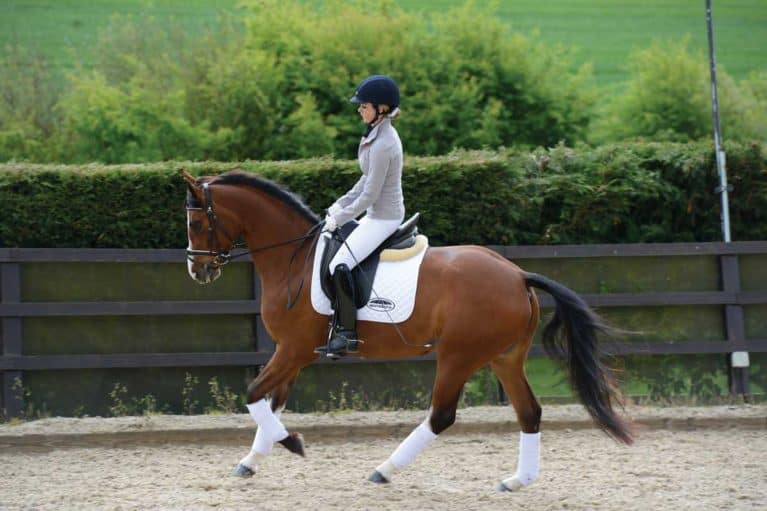
Whether you’re jumping around a course of fences or strutting your stuff in the dressage arena, an incorrect strike-off in canter can be frustrating and make it difficult for your horse to remain balanced, increasing the risk of a knocked pole or lost marks in your dressage test. There are a few reasons he might be striking off on the wrong lead…
- rider error
- incorrect or lack of bend
- weakness on one side
- lack of impulsion
Top Tip
Out hacking is a great place to work on canter, as your horse will be thinking forward. Make sure you ask for both canter leads or he could start to favour the same one in the arena.
What you can do
As much as we hate to admit it, an incorrect canter lead is often due to rider error. Your position can really affect your horse’s way of going and how easy he’ll find it to strike off on the correct lead. Some common rider faults are…
- rushing the transition
- failure to prepare for the transition
- throwing away the contact
- shifting your bodyweight forwards or to the inside
However, sitting up tall, pushing your shoulders back, and keeping your inside leg on the girth and outside leg just behind it when asking for the transition will help your horse maintain his balance and pick up the correct lead.
Top Tip
Don’t look down to see if he’s on the correct lead as this will shift your weight and unbalance your horse. If you can’t feel it, use arena mirrors as a guide or ask a friend to watch and tell you when he’s on the wrong leg. You’ll be able to feel the difference in no time.
He needs to be able to bend through his whole body, not just his neck or shoulders, so he needs to be flexible and supple enough to bend through his back. If he’s stiffer on one rein than the other, he may find it more difficult to get the correct leg. Flexing towards the inside will help to ensure he strikes off on the lead you want.
Impulsion is also key when performing canter transitions, so focus on the quality of your trot before you ask for canter. Impulsion is energy, not speed, so make sure he’s not running on but has a forward, active trot driven from engaged hindquarters.
Top Tip
Lungeing is a great way to help your horse establish the correct canter lead without the worry of a rider, as well as helping him build muscle and increase his flexibility.
Exercise: Use corners
Asking your horse to canter on a circle or in a corner will naturally help him bend to the inside and strike off on the correct leg. If you’re still finding it difficult, place two poles on a 15m circle. There should be one canter stride between the two poles, which is roughly 3m. Ask him for canter as you reach the first pole – the pole will make the transition easier. You can adjust the difficulty of this exercise by changing the size of your circle – a smaller circle will encourage your horse to have more inside bend which, in turn, will aid him when asking for the transition, whereas a larger circle produces less natural bend and could make it trickier to achieve the correct strike-off.
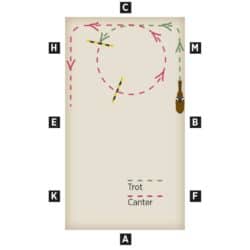
Exercise: Use lateral movements
Leg-yield is a great tool for building your horse’s flexibility and core strength, which are vital for achieving the correct strike-off.
- in trot, turn down the three-quarter line of the school and use leg-yield to return to the track, aiming for the corner
- when you reach the corner, ask for canter
- ride a 20m circle in canter
- as you come back to the track, ask for a downward transition back to trot
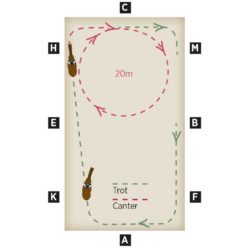
Repeat the same exercise along the next side of the school. This is great for making you focus on your position, as you’ll need to provide your horse with clear aids for the transition from leg-yield into canter.
Exercise: Use teardrops
Making sure your horse is fully engaged through his back and quarters is key to helping him to strike off on the correct lead…
- starting on the left rein in sitting trot, ride down the long side of your arena
- just before you reach the E marker, ride a teardrop shape towards the centre of the arena – it should be no bigger than 10m in diameter
- return to the track at the H marker
- between H and C, ask for canter, making sure that you’re sitting square in the saddle with your shoulders turned slightly towards the inside to further encourage bend
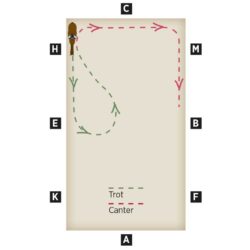
This exercise can be used anywhere in the arena and is fantastic for ensuring your horse is using his quarters as you ask for the transition.
Go for it
Remember to take your time and don’t get frustrated if things don’t always go to plan the first time round. Incorporating these exercises into your regular schooling sessions will soon help you achieve the correct lead every time.
Your Comments
One thought on “Getting the right canter lead”
Leave a Reply
You must be logged in to post a comment.




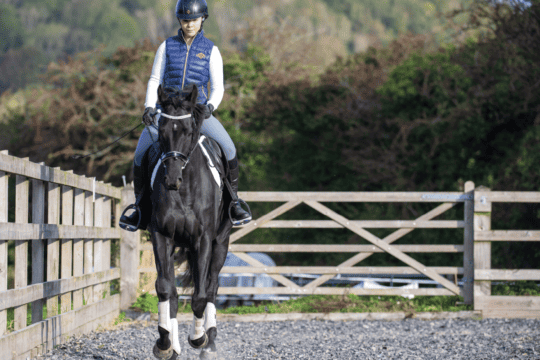
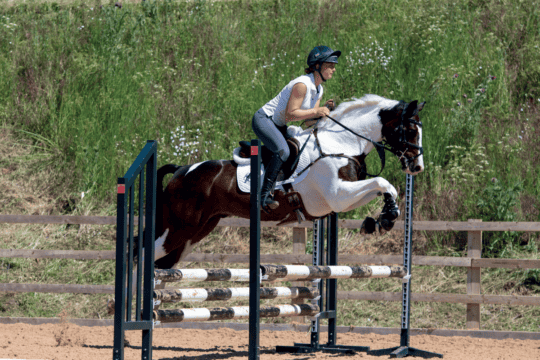
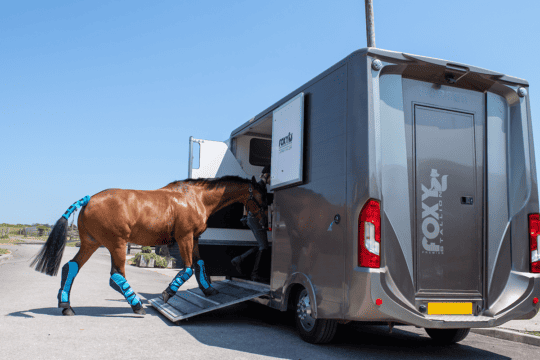


I have been having problems with getting my pony to pick up the correct lead on the right rein and she has been very unstable and I was worried that she was going to injure herself. Plus she’s got into a bad habit of napping by bending left on the right rein. However, I tried the exercises in this article and they worked brilliantly! The leg yield helped with the napping and her canter was much better. It felt like a big improvement and I think that we both left the arena feeling much happier! Thank you